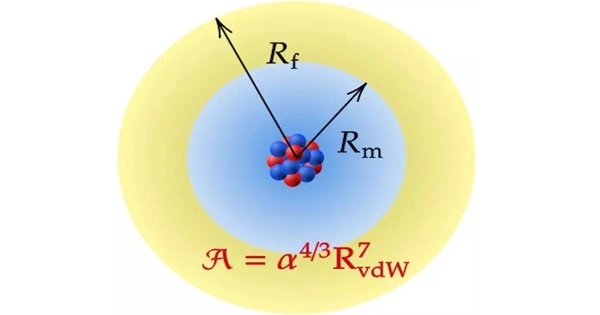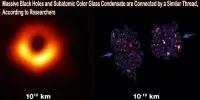The fine electronic structure of a solid is defined in solid state physics and physical chemistry as the features of the electronic bands induced by intrinsic interactions between charge carriers. When compared to the difference between the various bands, the valence and conduction bands split slightly. Angular momentum couplings, spin-orbit couplings, lattice distortions (Jahn-Teller effect), and other interactions described by crystal field theory are some of the mechanisms that allow it.
The arrangement and distribution of electrons within an atom’s or molecule’s energy levels or orbitals is referred to as its electronic structure. It determines the system’s chemical and physical properties. The term “fine electronic structure” refers to a thorough understanding of electron configurations and the energy levels associated with them.
In the context of atoms, the quantum mechanical model describes the fine electronic structure. Electrons, according to this model, occupy discrete energy levels or orbitals around the atomic nucleus. Quantum numbers such as the principal quantum number (n), azimuthal quantum number (l), magnetic quantum number (m_l), and spin quantum number (m_s) are used to identify these energy levels.
The main energy level or shell in which an electron resides is defined by the principal quantum number (n). It can have integer values beginning with one, with higher values indicating higher energy levels further away from the nucleus. The azimuthal quantum number (l) determines the orbital shape and can range from 0 to (n-1). It describes the subshells of a given shell. The values of l correspond to different orbital shapes: 0 corresponds to a s orbital, 1 to a p orbital, 2 to a d orbital, and 3 to a f orbital.
The magnetic quantum number (m_l) specifies the orbital’s orientation in space and can range from -l to +l. In a p orbital (l = 1), for example, m_l can be -1, 0, or 1, representing the three mutually perpendicular p orbital orientations. The spin quantum number (m_s) describes an electron’s spin state and has values of +1/2 or -1/2 to indicate the two possible spin orientations.
According to the Pauli exclusion principle, no two electrons within an atom can have the same set of quantum numbers. This principle, known as the aufbau principle, results in the filling of orbitals in a specific order. It follows the sequence of increasing energy levels, with each orbital accommodating a maximum of two electrons with opposite spins.
The name derives from the fine structure of atoms, where energy levels suffer from a similar effect from non-relativistic calculation due to effects such as spin-orbit interaction, zitterbewegung, and kinetic energy corrections.
Understanding the fine electronic structure helps in determining the chemical reactivity, bonding behavior, and spectroscopic properties of atoms and molecules. It provides insight into phenomena such as valence electrons, ionization energies, electron affinities, and the formation of chemical bonds.
















